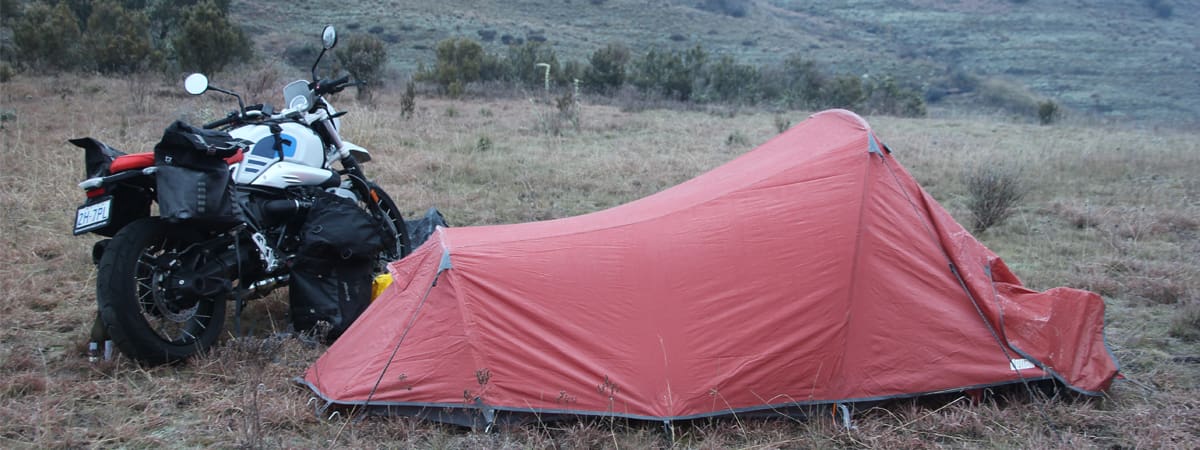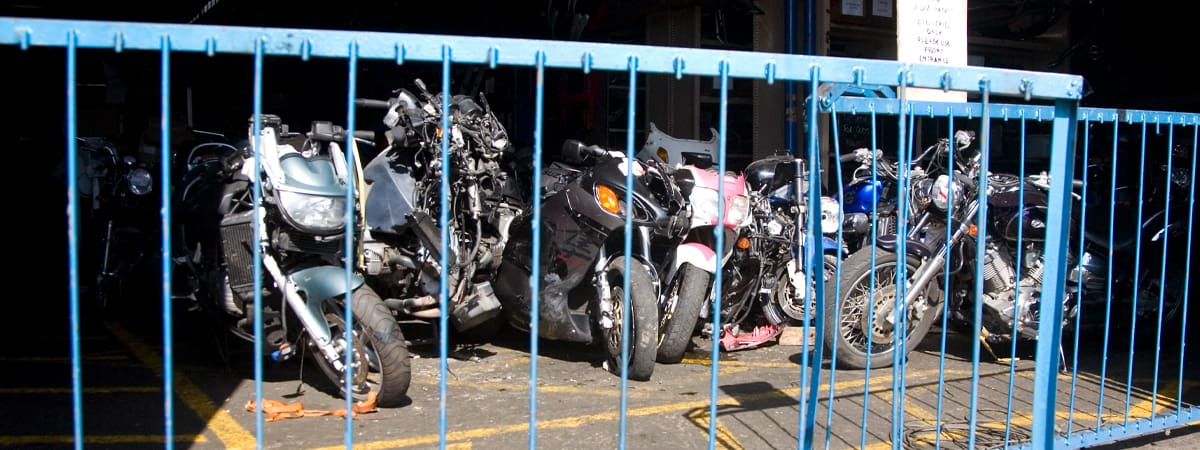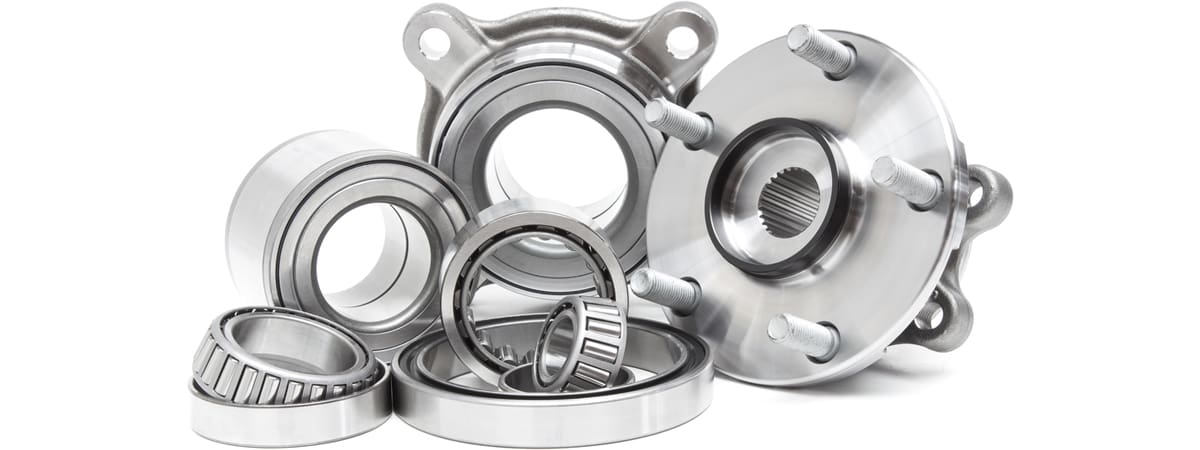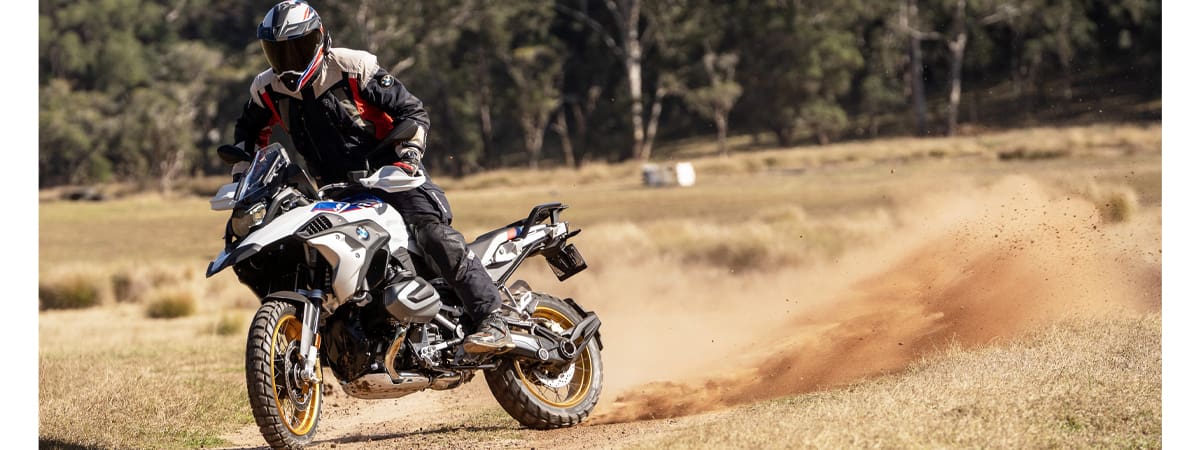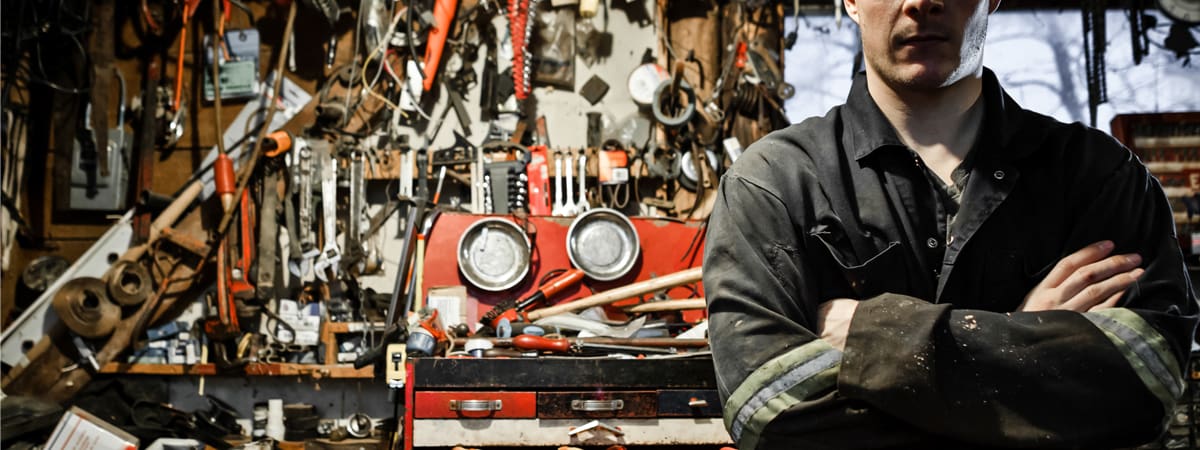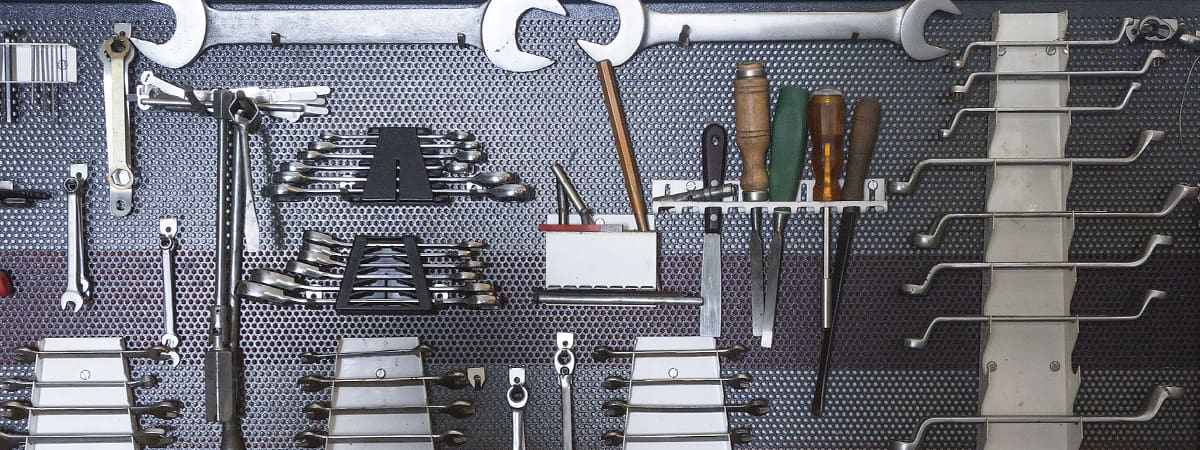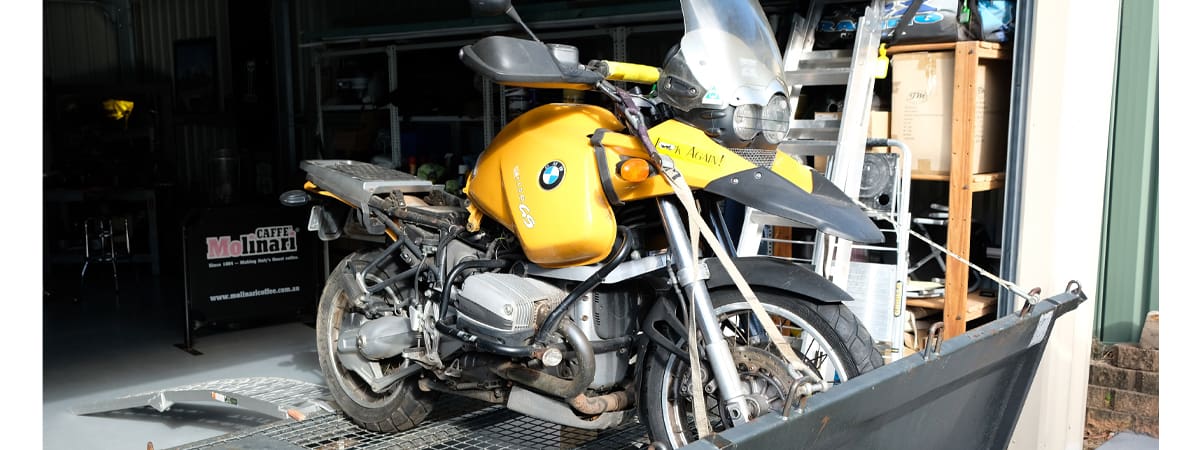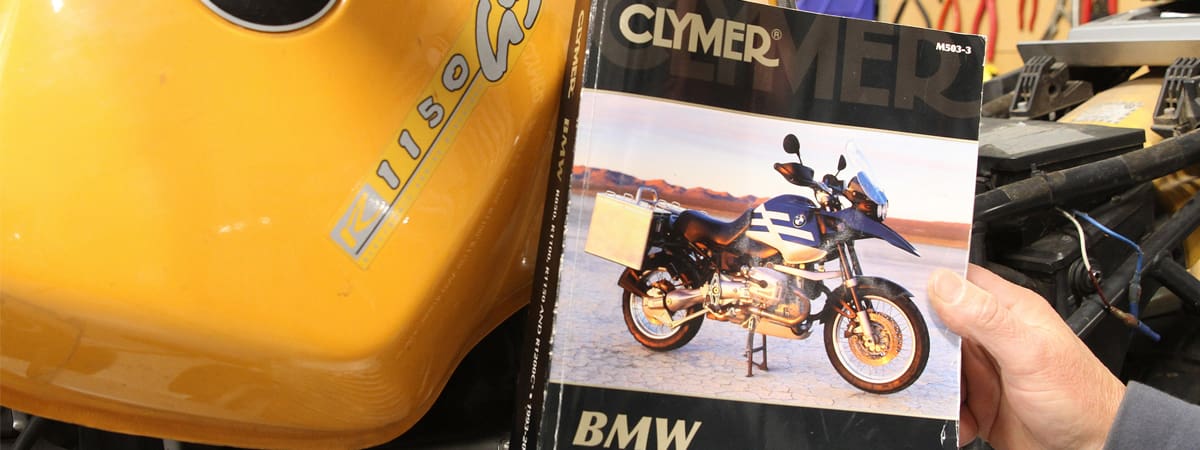Motorcycles are as diverse and complex as the people who ride them, they’re not a one-tool-fixes-all kind of machine. In fact, the list of tools you might need is endless. Look in any motorcycle workshop service manual and you will find a list of so-called special tools required to carry out specific jobs. Generally, the more complex a motorcycle is, the more unique tools are required. Unfortunately, being a well-equipped home mechanic isn’t as cheap as it is rewarding, but then again, a bodge job gone wrong is neither cheap nor rewarding.
Basket case
One of the first and easiest ‘proper’ jobs a newbie mechanic will attempt is fitting a new clutch. Although a simple replacement of clutch plates and springs usually doesn’t require any special tools, to make it a thorough job, the complete assembly should be removed to rid the basket and hub of any residual clutch cack and detritus. For this you’ll need a clutch holding tool to secure the hub as you remove and refit the central nut. Genuine and aftermarket holding tools are available and relatively cheap, but for those on a tight budget, this is also one of the easiest service tools to make at home. Simply weld or bolt a sturdy handle to an old steel clutch plate (or two) from the same model bike and, hey presto, you’ve got a clutch holder. Shoving a screwdriver in your primary drive gears may seem like an even easier and cheaper alternative… until you you realise you now need to replace your clutch basket, crankshaft, and your favourite screwdriver.

Pulling power
Ever since the proliferation of electronic ignitions in the 1970s, the sparky bits of a motorcycle’s mechanicals have required a lot less attention. However, if your chosen chariot is of a certain vintage, you may well be forced to poke around at your bike’s points and condenser more often than often seems reasonable, and even many modern bikes can require their generator to be liberated from time to time. Generator flywheel pullers are one of the most commonly used workshop ‘special’ tools and perform a job which should only ever be entrusted to the correct equipment. To avoid costly damage always ensure that the threads on both the flywheel and puller are clean and in good condition. Fully unwind the bolt in the centre of the puller before screwing the puller onto (or into) the flywheel to ensure maximum thread engagement. You should never have to force the puller onto the flywheel. If it doesn’t go on all the way by hand, check both threads again for damage (or crud).

Get spannered
Other jobs well suited to apprentice mechanics are oil and filter changes, suspension adjustments as well as steering-stem bearing replacement and adjustment. For these tasks, you’ll often require bike-specific tools.
Spin-on style oil filters should always be fitted with the correct oil-filter socket. Adjustable strap-type filter wrenches and, even worse, multigrips, should be avoided as they can damage the filter.
Many steering stem bearings require two identical C-spanners to remove, adjust and to tighten the lock rings. To prevent damage, make sure you use the correct size C-spanners and ensure that they are held parallel to the lock rings and fully engaged in the slots.
The same rules apply for rear shock spring preload collars where C-spanners are required. A hammer and chisel are no substitute for the right tools here, or anywhere else for that matter.

El Manual
A lot of tools and a little knowledge can add up to mechanical catastrophe, so make sure you swat up on the job at hand rather than piling in with no more than a hunch or a know-it-all mate’s advice on how to it’s done. Digital copies of manuals for most bikes are now accessible via the internet, and those that aren’t can be ordered in book format at your local bike shop, technical bookshop, or online. These are not to be confused with the Owner’s or User Manual supplied with each new bike which, unless you need to know where to put the petrol or which side the throttle is on, are about as much use as liquorice lock-wire. Your bike’s Workshop or Service Manual, however, will unlock an extraordinary world of enlightenment, endeavour and empowerment.
The key piece of advice when using a manual is; read the page thrice – avoid doing the job twice. Study the section relating to the task you are about attempt, check you have all the tools and replacement parts necessary, then study the section again. If you still don’t fully understand what you are supposed to do, get advice from an experienced mechanic. Learning through mistakes is part of life, but there’s nothing wrong with trying to keep mistakes to a minimum, especially when it’s your pride and joy at stake.

Power up
Although they are not ‘special tools’ as such, battery or compressed-air powered impact drivers and wrenches can prove invaluable when tackling big jobs. Used diligently, a 3/8- or 1/4-inch cordless driver will be the most time-saving tool you’ll ever buy, particularly when working on engines where a multitude of identical bolts must be removed simply to access the clutch or generator. A ½-inch drive impact gun can save both your time and knuckles when tackling jobs like removing front sprocket and clutch hub nuts.
Despite having adjustable torque settings, an impact wrench should never be used as torque wrench. To avoid stripped threads when using a cordless driver to install crankcase bolts, set the torque low and take care to ensure each bolt is correctly engaged in the thread before pulling the trigger. Finish off by tightening each bolt to its correct torque with a conventional torque wrench.

10 tools you never knew you needed
Spring puller Because removing exhaust manifold springs with pliers or a screwdriver is a great way to loose fingers.
Magnet on a stick Because one day you will drop a nut in somewhere the sun doesn’t shine.
Pen torch Because one day you will drop a nut in somewhere the sun doesn’t shine.
Bendy grabber Because one day you will drop a rubber doo-dad in somewhere the sun doesn’t shine.
Pack of picks Because fingers are sometimes too fat for fiddly bits.
Tap and die set Because careful cleaning and ‘chasing’ of threads can save a lot of costly cross-threading, and tears.
Cable oiler Because cables need cleaning, lubing and love, too.
Nylon hammer Because one day you will end up hitting your motorcycle with a hammer, and at such times it’s always best if you administer a ‘soft’ blow.
Vernier caliper Because measuring stuff accurately can quickly answer that age-old conundrum of, ‘why doesn’t it fit?’
Bottle opener Because every job done deserves a reward.
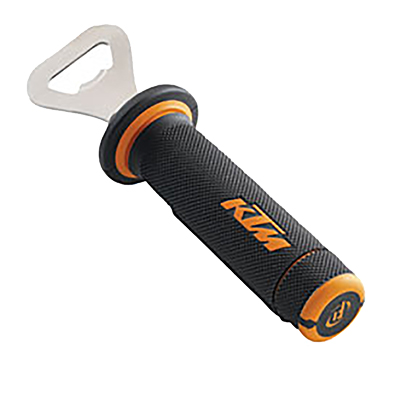
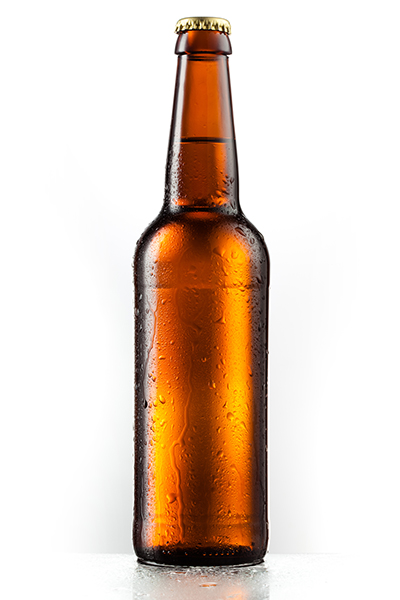
WORDS PAUL YOUNG Photography AMCN archives

